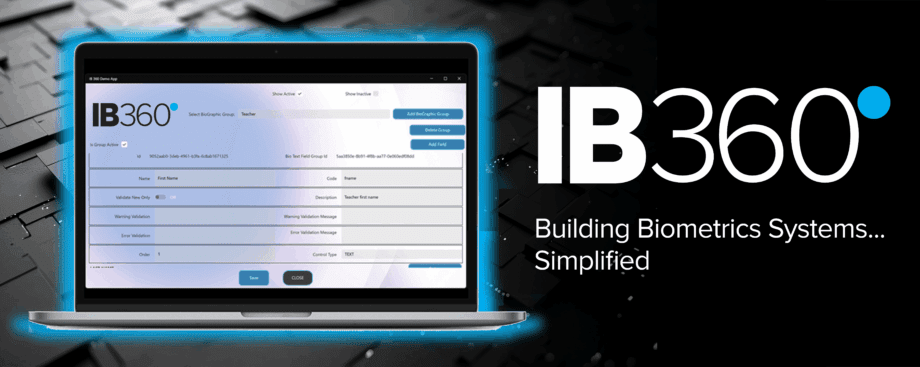Download the Article here.
A Registration, A Future: Protecting Children Through Legal Identity
On June 4, the world observes the International Day of Innocent Children Victims of Aggression. This day raises urgent awareness of the need to safeguard children’s rights and well-being in the face of violence, conflict, and exploitation. At the core of this challenge to protect our world’s children is something basic but commonly overlooked: legal identity, beginning with birth registration.
Legal Foundations for Identity and Protection
The right to a legal identity is firmly rooted in international law. The Convention on the Rights of the Child (CRC) mandates that every child be registered immediately after birth (Article 7), and further requires non-discrimination (Article 2), consideration of the child’s best interests (Article 3), maximum survival and development (Article 6), and the right to be heard (Article 12). Together, these provisions form a legal Framework meant to safeguard every child.
That framework was reinforced in 2023 by the Human Rights Council’s Resolution A/HRC/RES/52/25, which calls on governments to ensure birth registration systems are universal, inclusive, and accessible to all. It also highlights the need for legal and administrative reform, stronger digital systems, and closer integration with health and social services.
But these rights only have power if a child is officially recognized. Without registration, a child remains invisible – unprotected by the very laws designed to defend them.
When a Child Doesn’t Exist on Paper
A child without a legal identity is, in the eyes of the system, invisible. Without a birth certificate, they are locked out of essential services like health care, education, and social protection. Even worse, they are unprotected. These children are easier to exploit, harder to trace, and more likely to fall into abuse, trafficking, or identity fraud.
This risk multiplies when borders get involved. Children without documents face danger at every stage of migration: in transit, in the host country, and when returning home. Without proof of who they are, they can be detained, denied asylum, or simply vanish – leaving no record, no rights, and no recourse.
Yet, the fix is remarkably simple and lies in birth registration. The birth registration process starts with a birth declaration, continues with formal registration by a civil authority, and ends with the issuance of a birth certificate. Many births are informally recorded by health workers or community leaders – but unless they’re officially registered, the child remains legally invisible.
New technologies like biometric infant identification are beginning to close this gap. By enabling accurate identification from birth – even in the absence of traditional documentation – biometrics offer a reliable way to ensure every child is registered, recognized, and protected from day one.
Where Children Are Most at Risk
Globally, an estimated 150 million children under age 5 remain unregistered. The burden falls disproportionately on Sub-Saharan Africa and Southern Asia, where birth registration levels remain the lowest. These regions also experience high rates of forced displacement, migration, and statelessness.
Côte d’Ivoire: Progress Amid Persistent Challenges
Côte d’Ivoire is home to one of the world’s largest known stateless populations. As of late 2023, nearly 931,000 people were reported stateless, many of them descendants of migrants affected by gaps in nationality laws dating back to the country’s independence. Amendments made in 1972 further restricted access to citizenship, leaving generations without legal identity.
Despite these challenges, Côte d’Ivoire has made major strides in birth registration. From 2012 to 2021, coverage increased from 65% to 96%. This progress was driven by efforts to integrate civil registration with maternal and newborn health services, including immunization programs. The country’s commitment is further underscored by the introduction of Africa’s first statelessness determination procedure in 2020.
Nepal: Digital Tools Closing the Identity Gap
Nepal has rapidly expanded birth registration coverage in recent years. Between 2014 and 2022, the registration rate rose from just over 40% to nearly 75%. Much of this progress is due to the rollout of an online civil registration system, which now operates in more than 90% of local government centers.
This is especially critical for children living near borders or on the move – those most at risk of exploitation, trafficking, or disappearing into bureaucratic limbo. Nepal is tackling this by digitizing the identity process. Using biometric and demographic data to issue federal ID cards, and linking them to local governance systems, the country is making identity registration more accessible, more accurate, and far more protective for vulnerable children.
Assessing Progress and Looking Ahead
Over the past 15 years, global birth registration rates have climbed from 63% in 2008 to 77% in 2023. But the pace has started to slow. At this rate, universal registration won’t be achieved until well past 2050, ultimately missing the Sustainable Development Goal (SDG) 16.9 target for legal identity for all by 2030.
To meet this goal, UNICEF estimates that the world must accelerate efforts fivefold. Projections show that with enhanced investments and commitment, global registration could reach 93% by 2030 – paving the way to near-universal coverage by mid-century.
Ramping up efforts means:
• Digitizing and securing civil registration systems.
• Leveraging biometric infant identification technologies to register children early and accurately.
• Integrating registration into health and education services.
• Removing legal and bureaucratic barriers.
• Ensuring that even the most marginalized – children on the move, stateless populations, and those in conflict zones – are included.
Partnering for Protection and Recognition
To protect children – especially those who are in vulnerable migration situations – countries will have to work together across borders, recognizing legal identify as a global public service. This demands shared responsibility, interoperable systems, and a demonstrated commitment to children’s rights – regardless of where they are born or where they are going.
On this International Day of Innocent Children Victims of Aggression, Integrated Biometrics stands with the global community in turning commitment into action. We are dedicated to developing and deploying technology that accurately identifies even the youngest children – ensuring they are registered at birth, recognized by the system, and protected from exploitation.
Learn more about partnering with us today. Together, we can work towards preventing the unthinkable by making every child visible.
About Integrated Biometrics
Integrated Biometrics (IB) is a global leader in advanced biometric technology. Renowned for revolutionizing fingerprint scanning through its proprietary, FBI-certified Light Emitting Sensor (LES) technology, the company delivers cutting-edge fingerprint scanners, seamless biometric system integration software, contactless fingerprint capture, and comprehensive identity management beginning with infant identification solutions.
Trusted by organizations worldwide, Integrated Biometrics serves critical sectors such as law enforcement, military, election validation, financial services, and national identity programs. Its robust, high-performance products enable fast and accurate enrollment, identification, and verification, even in remote and extreme environments. IB continues to redefine the possibilities of biometrics—Impacting Lives Through Identity.




